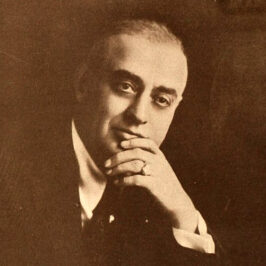While I have always been drawn to built heritage, I definitely get my passion for old train stations from my grandfather. Today, after arriving in Kleinburg a little early for a session at the McMichael Art Collection, I drove around the town and immediately spotted the old Kleinburg CPR station tucked next to Kleinburg Public School. Aha – time for a new snippet!
The first rail station in Kleinburg was built in 1871 for the Toronto, Grey & Bruce Railway on it’s route between Toronto, Bolton and Owen Sound. The station was built where the railway intersected Nashville Road. In 1883 Canadian Pacific Railway gained control of the Toronto, Grey & Bruce. It was a simple frame structure with only the most basic of amenities.
By March 1884 there were six trains per day travelling through Kleinburg including express and mail trains. Throughout most of 1884 and 1885 all of Canadian Pacific’s trains to the prairies moved through Kleinburg in order to connect with steamships from Owen Sound that would take passengers to Thunder Bay; this continued to be a popular summer route even after the transcontinental railway opened in northern Ontario in 1885.
In 1905, Canadian Pacific started building a more direct rail link between Bolton and Sudbury, where it would intersect with the transcontinental railway. With rail traffic on the line expected to increase exponentially, the line near Kleinburg needed to be straightened and regraded in several areas to support heavier and more frequent trains. The Kleinburg Station was upgraded around 1907-1908 with a design often attributed to Sir William Van Horne. It now had a baggage room, waiting room and office. It also included a second floor that provided living quarters for the station agent. It is believed the structure was mainly built by the Howland Family whose large flour mill and barrel factory was located nearby. The original 1871 station was repurposed as a freight shed.
The station was busy, with many daily passengers including students attending Humberside Collegiate Institute in Toronto. The Kleinburg station was also the main distribution centre for milk from local farms to the dairies in the city; cows and pigs were also transported from here to the Toronto stockyards. At it’s peak in 1921, service to Kleinburg was 13 passenger trains per day.
With the Great Depression, rail service between Kleinburg and Owen Sound ceased in 1932. Following World War Two, after a shortlived initial surge, ridership between Toronto to Kleinburg declined with the rise of the automobile. With the station’s significant and inconvenient distance from the main hub of Kleinburg and the completion of Highway 400 in 1952, passenger rail service to and from Kleinburg decreased even more.
By 1961 there were just eight trains per day and the service was soon shuttered in 1964. The station remained in its original location, used as a residence, and was eventually slated for demolition. In 1976 the freight shed, which had been the original 1871 station, was demolished but the second station was moved eastward into the town of Kleinburg and set down next to the public school (which itself has since been expanded and modernized) and became the Scout House. In 1978 it received protection under the Ontario Heritage Act and in 2003 became a part of the Kleinburg-Nashville Heritage Conservation District.




Leave a Reply